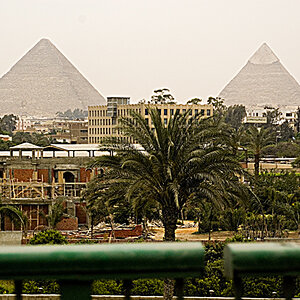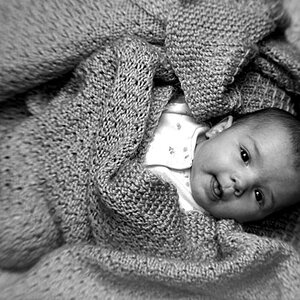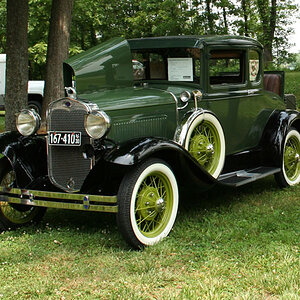Josh66
Been spending a lot of time on here!
- Joined
- Oct 31, 2007
- Messages
- 14,593
- Reaction score
- 1,239
- Location
- Cedar Hill, Texas
- Can others edit my Photos
- Photos NOT OK to edit
Sorry for the vague title... I couldn't think of a short way to ask my question.
I was wondering if there is a 35mm camera that shoots in a 4x5 ratio.
:banghead: Just as I typed that I realized that there is large format 4x5... Oh well, the question still stands. Is there a 35mm camera that shoots in a 4x5 format?
You would never have to crop for 8x10s, and by my calculations you would be able to fit at least 42 (maybe 1 or 2 more?) frames on a 36 exposure roll.
36 exposures, with 2mm between each frame = 1366mm (I never really realized a roll of film was that long...). If the frame was 24mm x 30mm instead of 24x36 you would be able to fit 42.6875 frames in the same length of film.
...OR, if you rotated it 90 degrees (so the negative was in portrait orientation) it would be 19.2mm x 24mm, and you could fit 62.66 (still accounting for 2mm between negs) of those frames on a 36 exposure roll (would that be a big enough negative to print an 8x10 from?).
Anyway, just wondered if something like that existed in a 35mm format... I don't have any need to go out and get one (but if there was one to be had I wouldn't mind having one), just curious.
I was wondering if there is a 35mm camera that shoots in a 4x5 ratio.
:banghead: Just as I typed that I realized that there is large format 4x5... Oh well, the question still stands. Is there a 35mm camera that shoots in a 4x5 format?
You would never have to crop for 8x10s, and by my calculations you would be able to fit at least 42 (maybe 1 or 2 more?) frames on a 36 exposure roll.
36 exposures, with 2mm between each frame = 1366mm (I never really realized a roll of film was that long...). If the frame was 24mm x 30mm instead of 24x36 you would be able to fit 42.6875 frames in the same length of film.
...OR, if you rotated it 90 degrees (so the negative was in portrait orientation) it would be 19.2mm x 24mm, and you could fit 62.66 (still accounting for 2mm between negs) of those frames on a 36 exposure roll (would that be a big enough negative to print an 8x10 from?).
Anyway, just wondered if something like that existed in a 35mm format... I don't have any need to go out and get one (but if there was one to be had I wouldn't mind having one), just curious.




![[No title]](/data/xfmg/thumbnail/36/36421-843e629a8c32ff091e337e6880f0c323.jpg?1619737565)
![[No title]](/data/xfmg/thumbnail/32/32929-22e23acc63d6ecb25e5ee941be87121f.jpg?1619735758)




![[No title]](/data/xfmg/thumbnail/32/32930-09414fc020c2a60a456ff59a05c5ef8f.jpg?1619735759)
![[No title]](/data/xfmg/thumbnail/32/32636-5a159481dcab8aaf87f2d7b501496db1.jpg?1619735554)

